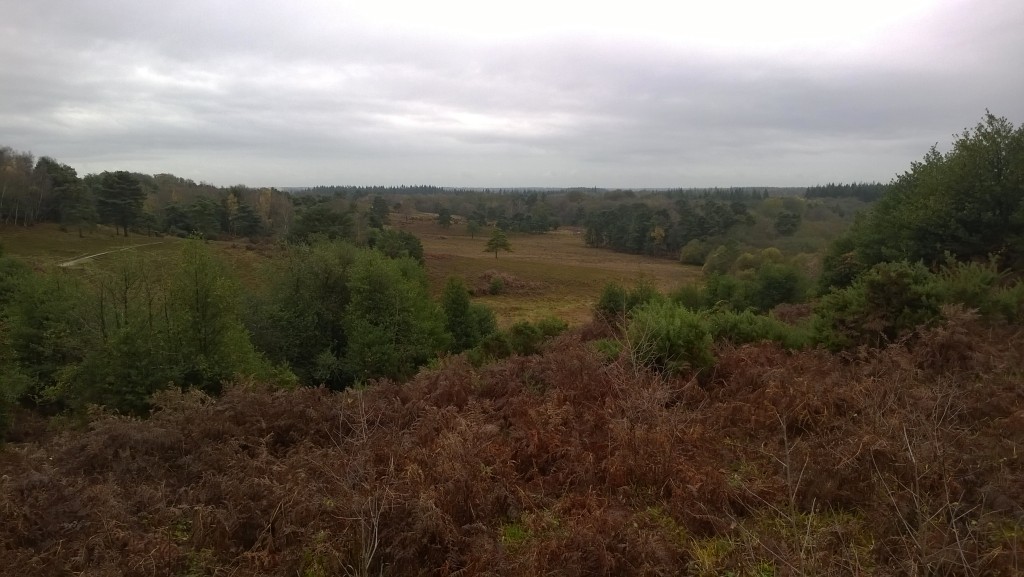From time to time I miss education and learning – after being in education for nearly 20 years it can be quite difficult getting used to life without it! – so to keep my mind ticking over (and to make sure I’m on the ball in the ecology world) I sign up for ecological training courses whenever something takes my interest.
At the end of November, I attended a Hedgerow Assessment and Winter Tree Identification course near the New Forest, which was run through the Charted Institute for Ecology and Environmental Management (CIEEM). The morning session looked at the legislation and requirements of assessing hedgerows as ‘important’ under the Hedgerows Regulations 1997.
The Hedgerows Regulations protects important hedgerows by controlling their removal through a system of notifications. Hedgerows are classed as important if they meet certain criteria, such as the number of woody species present, old historical features, or old parish boundaries.
After getting through the necessary legislation we spent the afternoon out in the field, where our tutor led us to some nearby hedgerows running alongside a country track. We split up into pairs and proceeded to carry out an ‘assessment’ of our own 30m strips and then relate our findings.
Our particular hedgerow was important based on the number of woody species present alone – a total of 9 different species, including spindle and buckthorn, neither of which I had observed in hedgerows before. As the hedgerows along the track contained so many different species it was also an ideal place to practice our winter tree ID.
And no winter tree ID course would be complete without a quiz at the end!
As the course was within 30 minutes drive of Lyndhurst I stayed there for a few nights, giving me the chance to explore a little bit more of this special place.

